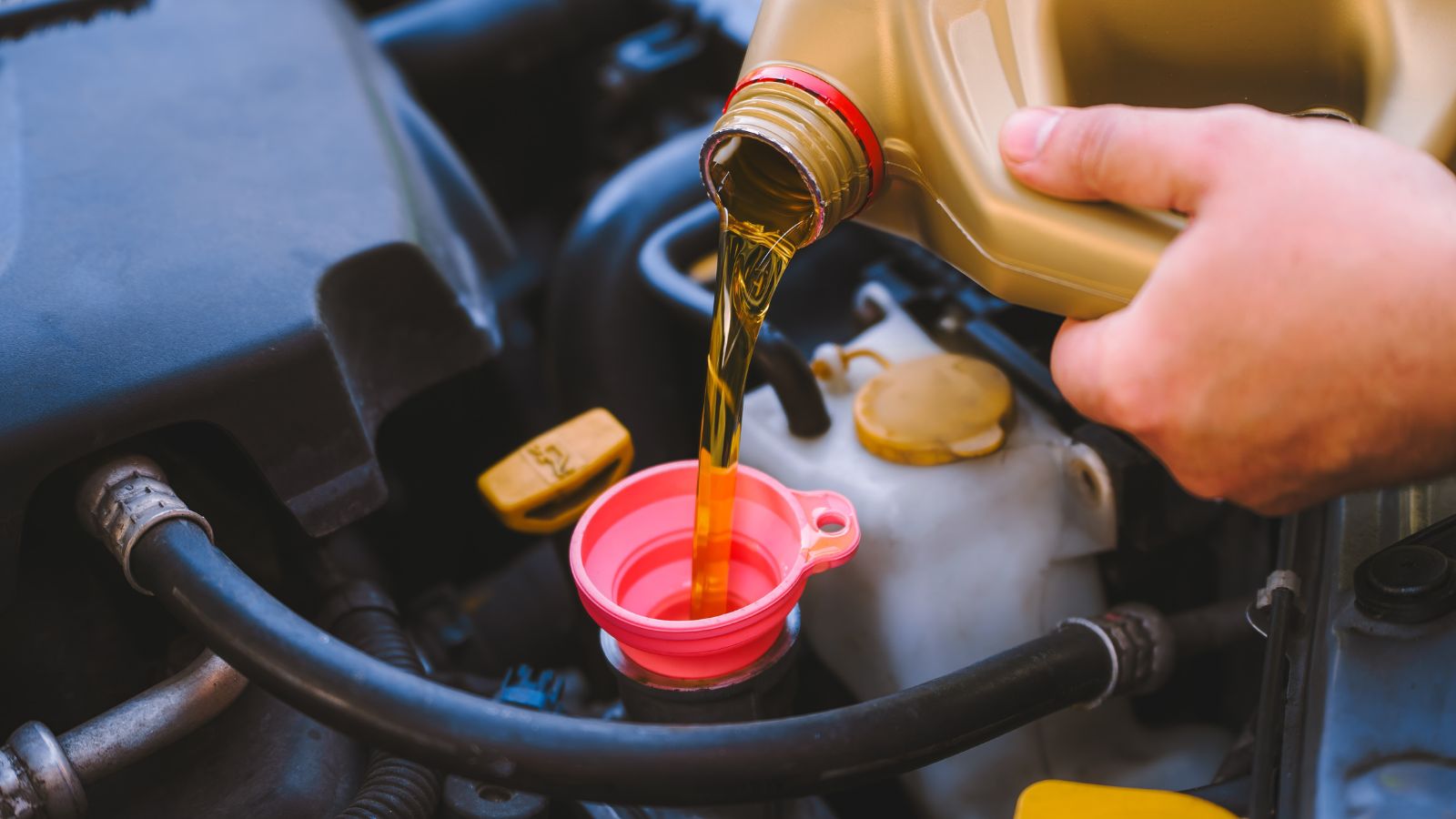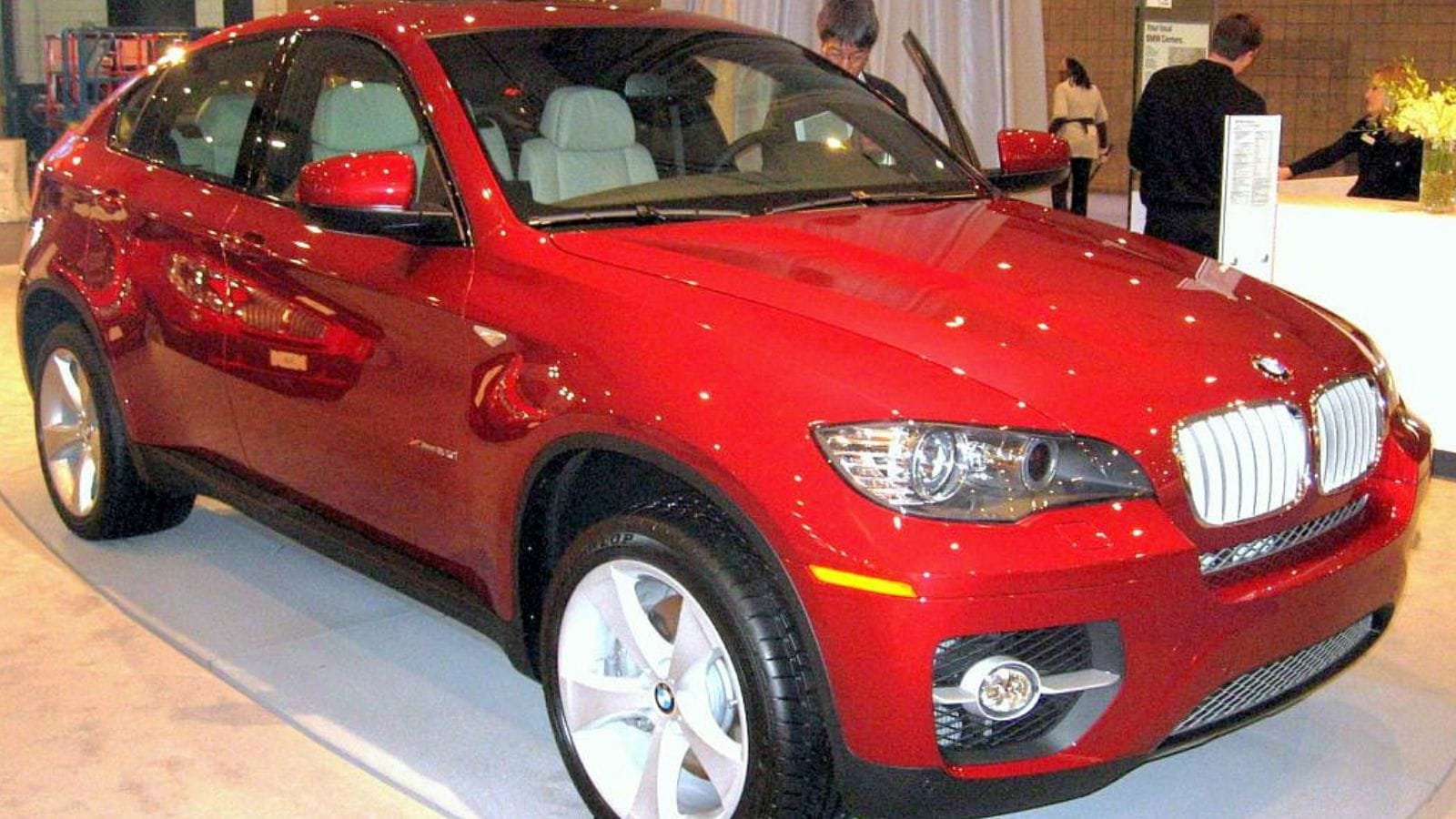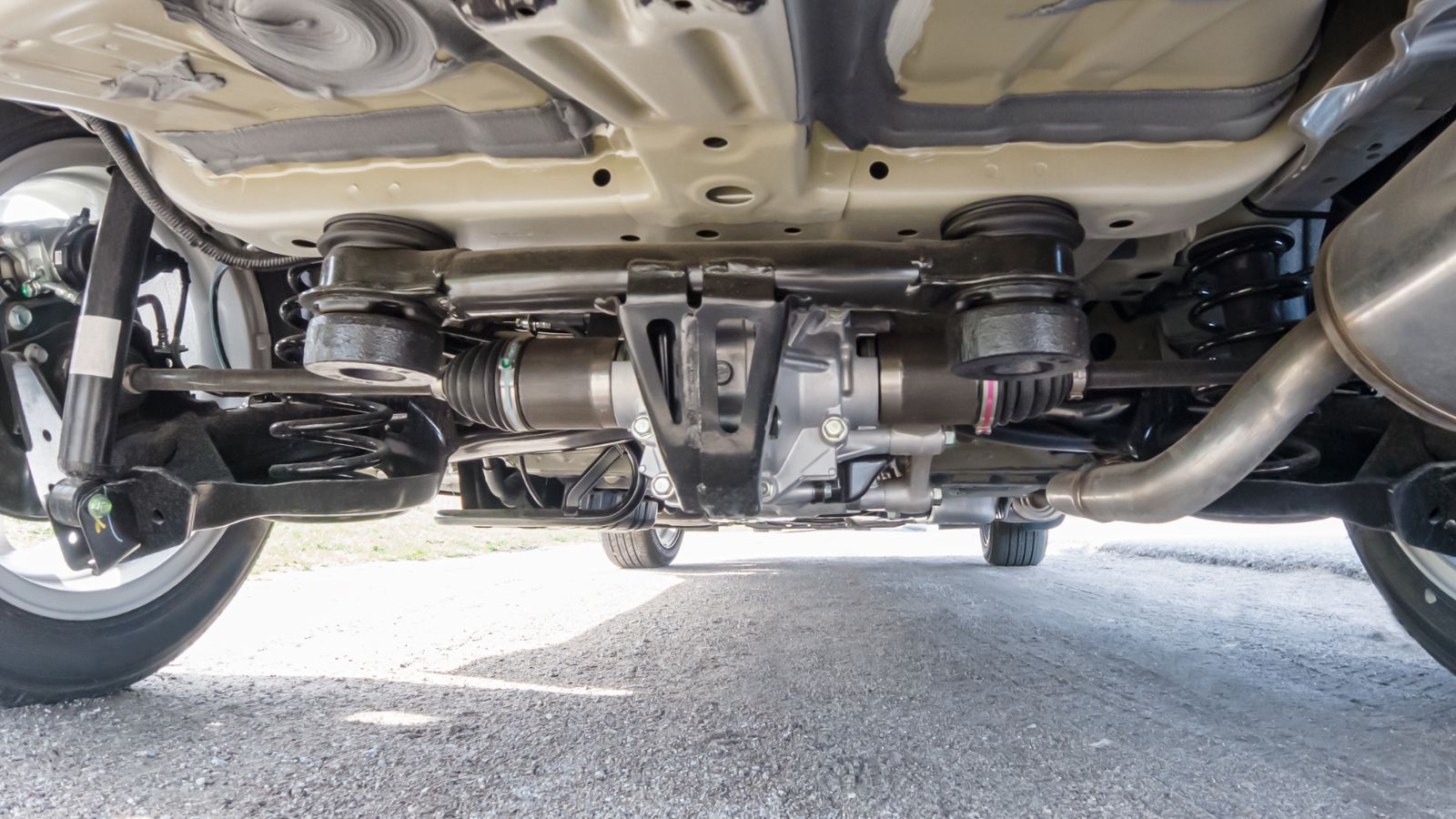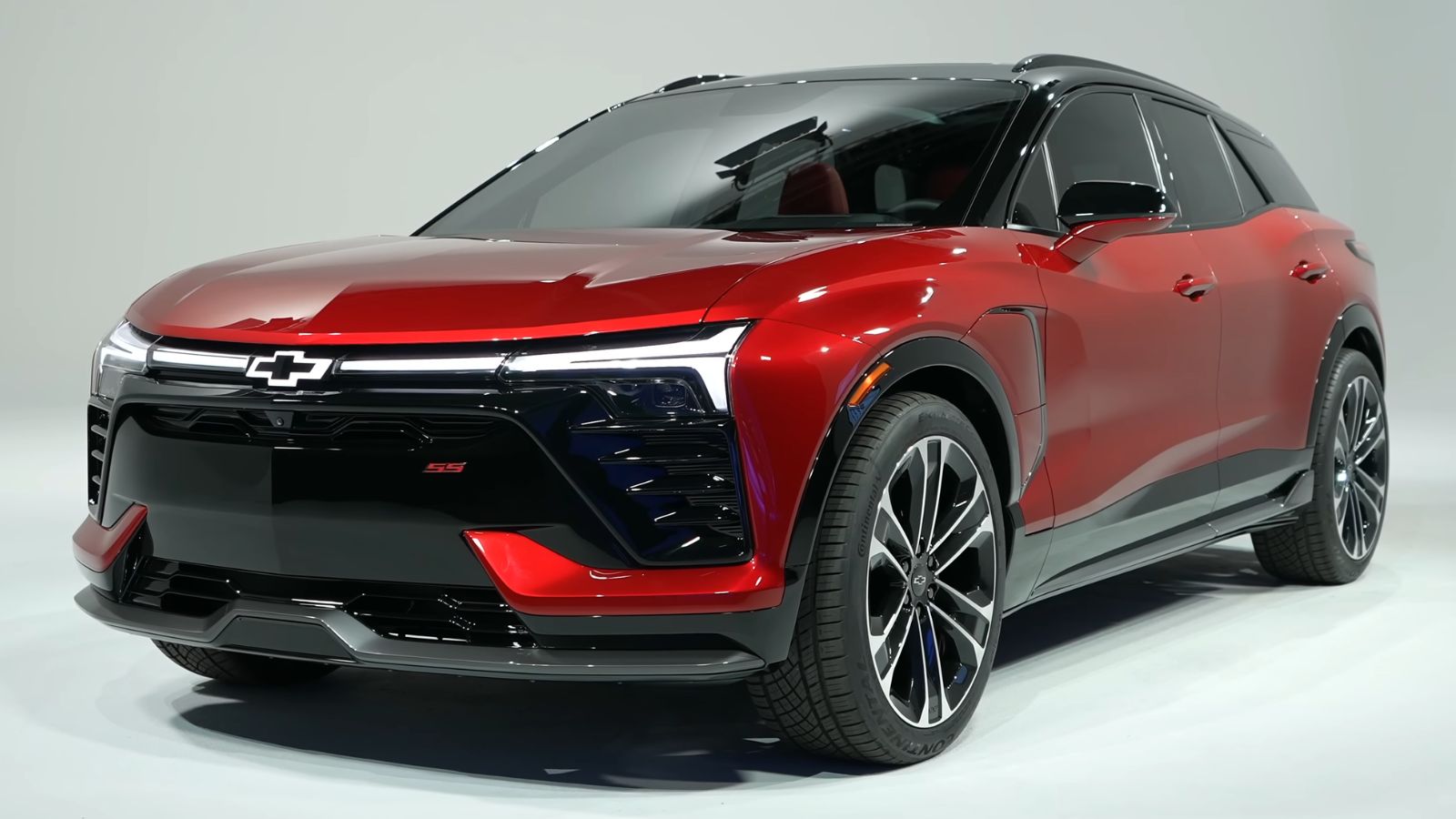The automotive world has always been full of stories, half-truths, and advice passed down from generation to generation. Some of these old sayings began when cars were simpler, while others were born from clever marketing or pure misunderstanding. As technology advanced, many of these so-called “truths” were left behind, but they continue to circulate in garages, on social media, and around every car meet. The problem is, believing them can waste money, hurt performance, or even damage your car. It is time to put the most persistent myths in the rearview mirror. Here are ten of the most common automotive untruths, explained and corrected once and for all.
Premium Fuel Makes Every Car Run Better

Drivers often believe that premium gasoline will make any car faster, smoother, or more efficient. That idea sounds reasonable, but it is simply not true. Premium fuel has a higher octane rating, which means it resists knocking in high-compression or turbocharged engines. If your car was not built for it, it gains nothing from higher octane. Modern engines are designed to perform best with the fuel grade recommended in the owner’s manual, and using premium when it is not required only drains your wallet. Unless your engine specifically calls for high-octane fuel, regular gas is perfectly fine and will not harm performance or longevity.
You Need to Warm Up Your Car for 10 Minutes in Winter

This is one of those old habits left over from the days of carburetors. Decades ago, cars needed several minutes to warm up so that the air and fuel mixture could stabilize. Modern engines, however, use electronic fuel injection and sophisticated sensors that automatically adjust the mixture from the moment the engine starts. Idling for more than a minute or two in cold weather does nothing but waste fuel and increase emissions. The best way to warm up a car today is simply to start driving gently. Within a few minutes, the engine, transmission, and cabin will reach their ideal temperature far more efficiently.
Changing Oil Every 3,000 Miles Is Essential

The old 3,000-mile oil change rule was heavily promoted by quick-lube shops for decades, and many drivers still follow it religiously. But modern engines, tighter tolerances, and synthetic oils have made that schedule outdated. Most vehicles today can safely go between 5,000 and 10,000 miles between oil changes depending on the manufacturer’s recommendation and driving conditions. Changing it too often is not harmful, but it is unnecessary and wasteful. The smarter approach is to follow your car’s built-in maintenance reminder or consult the manual. Regular maintenance is important, but overservicing does not add protection—it just adds cost.
Manual Cars Are Always Faster

There was a time when manual transmissions offered better performance and fuel economy than automatics. That era is over. Modern automatic and dual-clutch transmissions can shift faster and more precisely than any human. Many sports cars such as the Porsche 911, Chevrolet Corvette, and Nissan GT-R record quicker lap times with automatics. They can launch more consistently and keep engines in their optimal power band. Manuals still offer more driver engagement and control, but not necessarily more speed. For those who love to feel connected to the car, the stick shift is still king—but when it comes to outright performance, technology has taken the lead.
Red Cars Get Pulled Over More Often

This myth refuses to die. For decades, people have claimed that red cars attract more police attention, but statistics say otherwise. Insurance companies and law enforcement data show no clear connection between color and traffic citations. The myth likely persists because bright colors like red, yellow, and orange are more eye-catching and often found on sports cars, which are more likely to be driven aggressively. In reality, driving behavior, not color, determines who gets pulled over. A red sedan driven calmly is far less likely to attract attention than a silver sports car flying down the highway.
Bigger Engines Are Always Better

Once upon a time, size did equal power. The bigger the engine, the faster the car. But modern engineering has completely rewritten that rule. Today’s small turbocharged engines produce more power and torque than large naturally aspirated engines from the past. A 2.0-liter turbo four-cylinder can easily outperform a 5.0-liter V8 from the 1970s while using half the fuel. Advanced materials, direct injection, and precise computer control mean smaller engines can deliver huge performance without the weight or thirst of old-school big blocks. The future of power is no longer about size—it is about efficiency and innovation.
Electric Cars Aren’t Really Green

One of the most common arguments against electric cars is that they are just as bad for the environment because of battery production and electricity use. The truth is more balanced. While battery manufacturing does generate higher emissions upfront, electric vehicles still produce far fewer emissions over their lifetime compared to gasoline-powered cars. Even when charged using power grids that rely on fossil fuels, EVs are cleaner overall. As renewable energy continues to grow, their environmental advantage increases. Recycling and second-life battery programs are also improving rapidly, making the electric car’s long-term impact smaller every year.
You Must Use the Dealership for Maintenance to Keep Your Warranty

Many drivers fear that having their vehicle serviced by an independent shop will void the warranty. This is not true in either the United States or Canada. As long as you follow the maintenance schedule and use quality parts and fluids that meet manufacturer standards, your warranty remains valid. Federal law protects consumers from being forced to return to the dealer for routine service. Independent repair shops can often do the same job for less money while still preserving warranty coverage. The key is keeping receipts and records to show that the work was done properly.
All-Wheel Drive Guarantees Better Traction in Any Condition

All-wheel drive is a valuable feature for improving traction when accelerating, but it is not a cure-all. AWD helps distribute power to all four wheels, reducing wheel spin in snow, mud, or rain. However, it does not help the car stop faster or handle better on slippery roads. Overconfidence in AWD often leads drivers to take unnecessary risks, forgetting that physics still applies. Winter tires remain the single most effective way to improve grip and safety in cold weather. AWD gets you moving, but good tires keep you in control.
Filling Up in the Morning Gets You More Gas

This myth is based on the idea that gasoline expands in heat and contracts in cold, so filling up in the morning supposedly gives you denser, more fuel-rich gasoline. While technically true in theory, the difference is so tiny it is meaningless. Gasoline is stored in underground tanks where the temperature remains almost constant throughout the day. That means you get the same amount of fuel whether you fill up at dawn or mid-afternoon. The only real reason to refuel early is to avoid traffic at the pumps.
The Truth Beneath the Hood

Cars have changed dramatically in the past few decades, but old myths still persist. Many of them made sense when engines were simpler and technology less advanced, but modern vehicles are smarter, cleaner, and more efficient than ever before. Understanding how they really work helps drivers save money, drive safer, and avoid being misled by outdated advice. The next time someone tells you an automotive “fact” that sounds a little too familiar, it might be time to look under the hood of that myth.
25 Facts About Car Loans That Most Drivers Don’t Realize

Car loans are one of the most common ways people fund car purchases. Like any other kind of loan, car loans can have certain features that can be regarded as an advantage or a disadvantage to the borrower. Understanding all essential facts about car loans and how they work to ensure that you get the best deal for your financial situation is essential. Here are 25 shocking facts about car loans that most drivers don’t realize:
25 Facts About Car Loans That Most Drivers Don’t Realize
